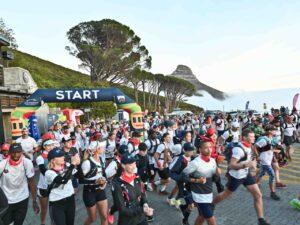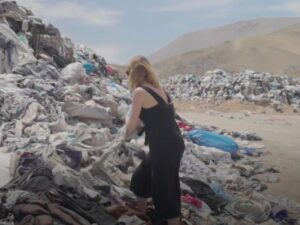The 2010 Fifa World Cup cost South Africa £3bn in stadium construction and developing the infrastructure. According to a report in the Telegraph these are the numbers that matter.
450,000:
The number of foreign fans expected to attend the tournament.
£570m:
The amount the tournament was expected to make South Africa.
309,000:
The number of foreign fans who attended the tournament.
£323m:
The amount by which the 2010 World Cup boosted the South African economy.
10.3:
The number of nights that World Cup fans, on average, spent in the country.
22,802:
The number of fans from the UK.
£3.2bn:
The amount by which staging the 2018 World Cup in England was predicted to boost the UK economy.
They certainly make for some compelling reading. When you consider the numbers injected into infrastructure and the construction of the stadiums, it is actually very alarming. Superficially the stadiums were a great ‘gift’ to South Africa as a display of the material affluence associated with the glamour of international sport. However, as part of Fifa’s ‘objective’ for South African development and solidarity, are these stadiums the ‘White Elephants’ that everybody has dubbed them? In other words are they merely costly to construct and maintain, having very little benefit or value in the long term?
Fifa’s original rejection of Athlone as a venue due to its perceived lack of an aesthetic background suggests that they were primarily concerned with securing as great a global audience as possible (in Cape Town, the manifestation of South Africa’s grandeur), rather than devoting their cause to developing South African infrastructure. Such an exorbitant amount of money might have been spent on a stadium in aid of national development motives, as was the Local Organising Committee’s (LOC) original objective.
So what do we all think, some five months after the tournament is finished? The stadiums are certainly not the Tampon-Tower(ish) eyesores they might have been, but are a few concerts and the odd PSL or Bafana Bafana fixture going to justify the low returns?
[Source: Telegraph; Telegraph]
Main image via the Telegraph.





